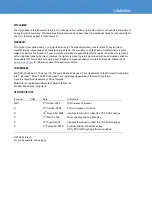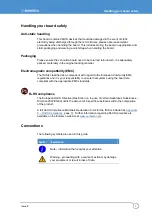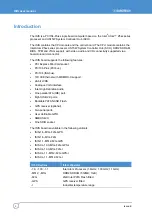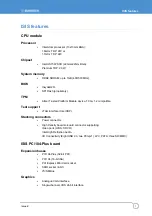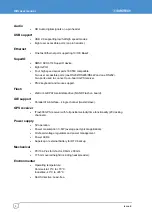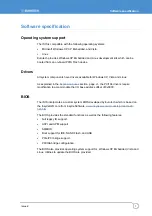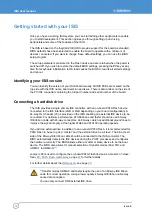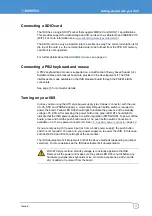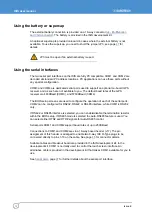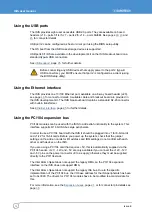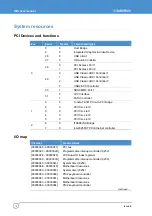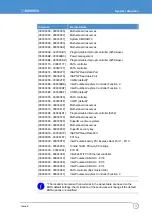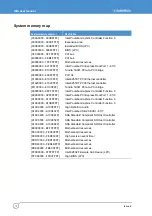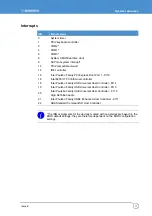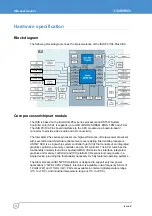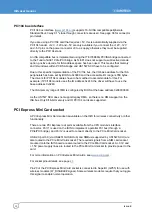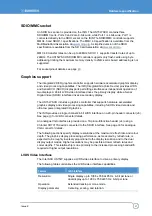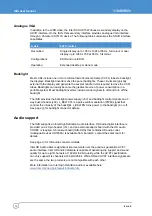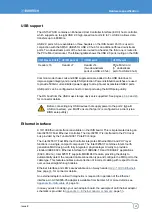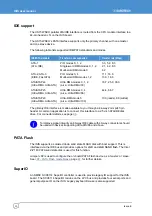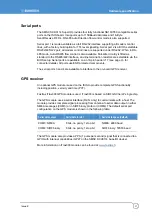
ISIS user manual
Issue E
12
Using the battery or supercap
The external battery connection is provided on a 18-way connector (
). The battery is provided in the ISIS development kit.
An optional supercap is provided on-board in cases where the external battery is not
available. To use the supercap, you need to short the jumper JP3, see page
details.
JP3 must be open if an external battery is used.
Using the serial interfaces
The two serial port interfaces on the ISIS are fully PC compatible. COM1 and COM2 are
decoded at standard PC address locations. PC applications can use these ports without
any special configuration.
COM3 and COM4 are dedicated serial ports used to support an optional on-board GPS
receiver, and as such are not available to you. The default baud rates of the GPS
receiver are 4800Baud (COM3), and 57600Baud (COM4).
The BIOS setup screens are used to configure the operation of each of the serial ports.
COM2 can be configured for RS232, RS422 or RS485 interface, while COM1 is RS232
only.
If RS422 or RS485 interface is selected, you can enable/disable the termination resistor
within the BIOS setup. If RS485 mode is selected the Auto-RS485 feature is used. You
can select either RTS# and DTR# signals for Auto-RS485 control.
Serial ports COM1 and COM2 support baud rates of up to 250KBaud.
Connections to COM1 and COM2 are via a 18-way boxed header (J17). The pin
assignment of this header is arranged to enable two 9-way IDC D-Type plugs to be
connected directly to pins 1-18 on the cable. See page
for connector details.
Suitable cables and breakout board are provided in the ISIS development kit. In the
development kit, COM1 is normally used to control the touch screen interface. An
alternative cable is provided in the development kit that makes COM1 available for you to
use.
, page
for further details about the serial port interface.
Summary of Contents for ISIS XL-1.1-M512-F2G-GPS-I
Page 58: ...ISIS user manual Issue E 58 ...
Page 60: ...www eurotech com ...


